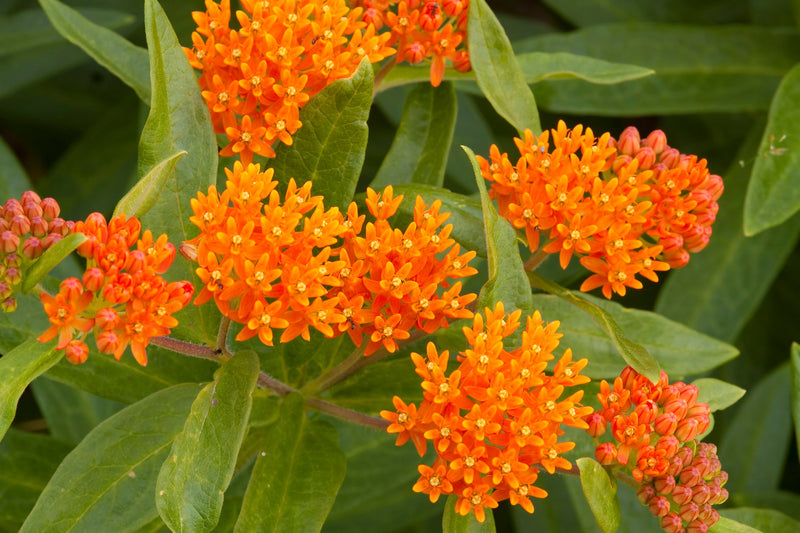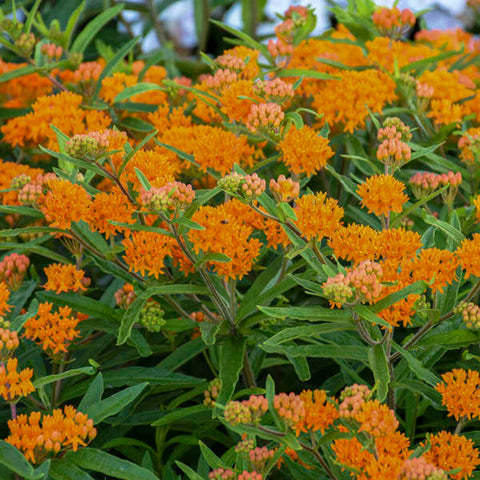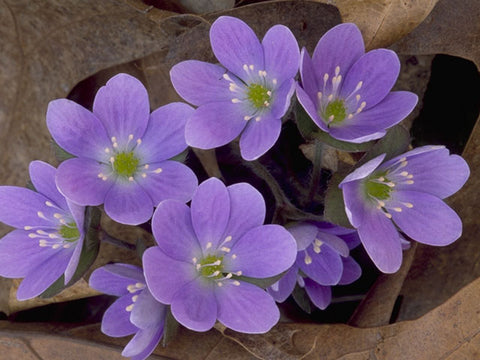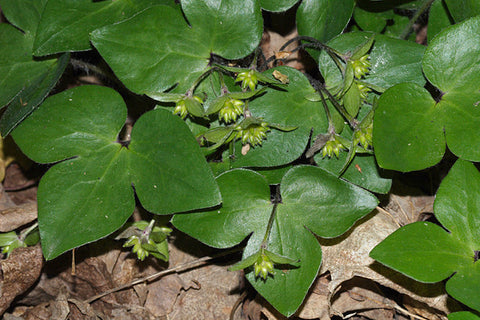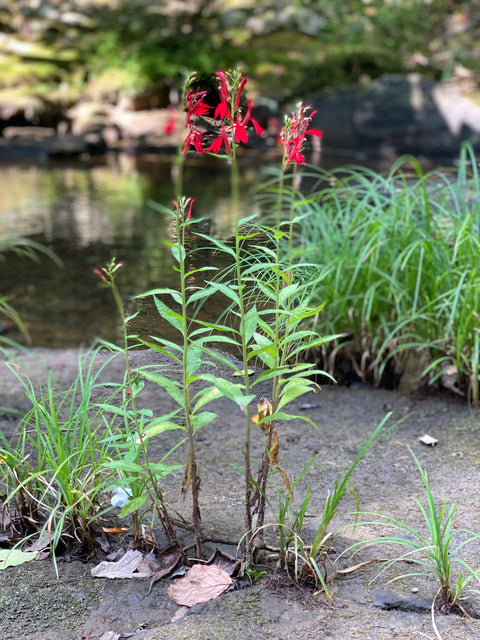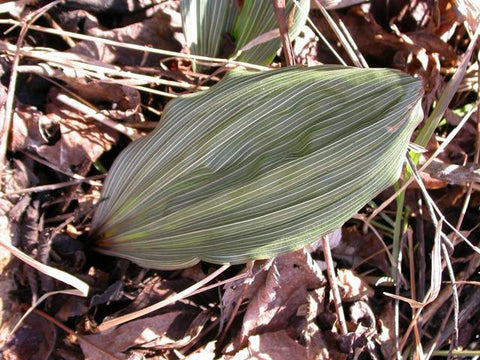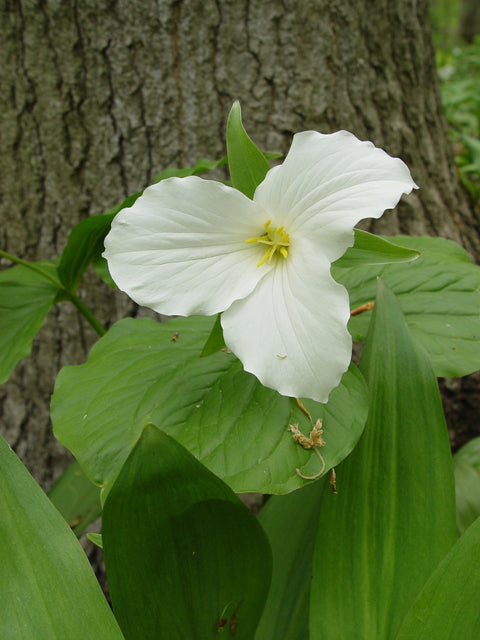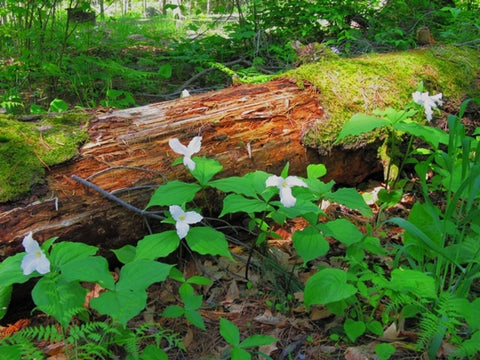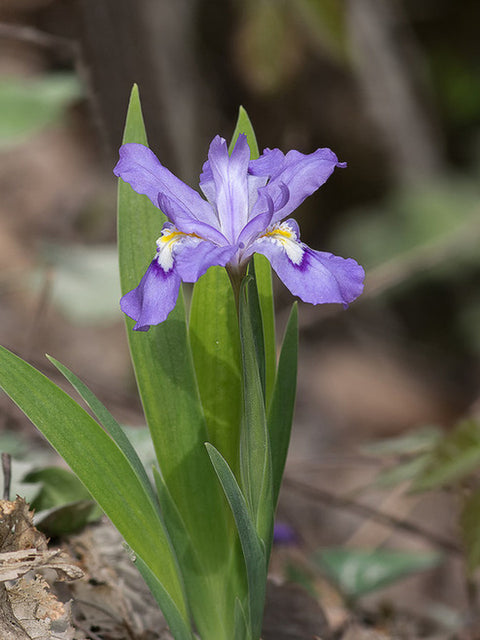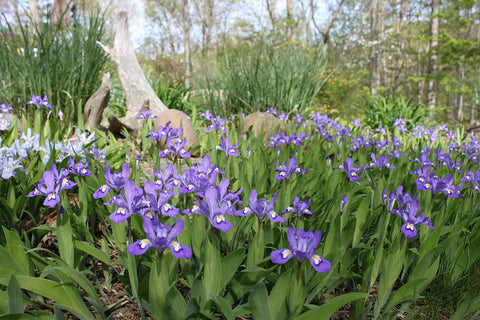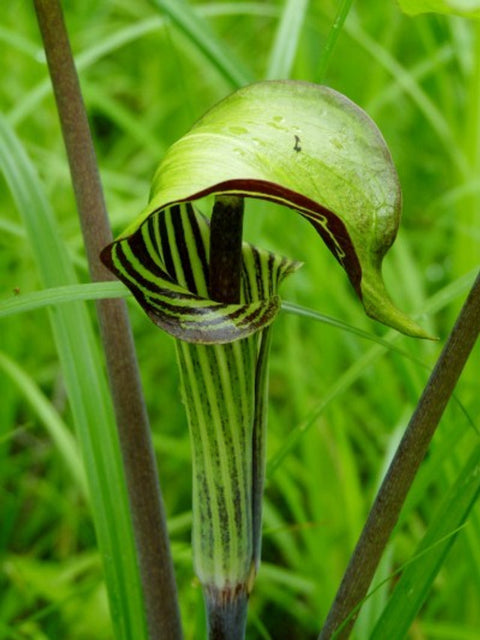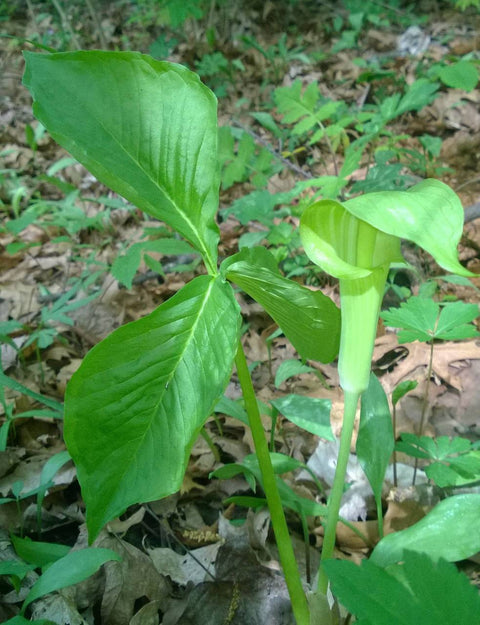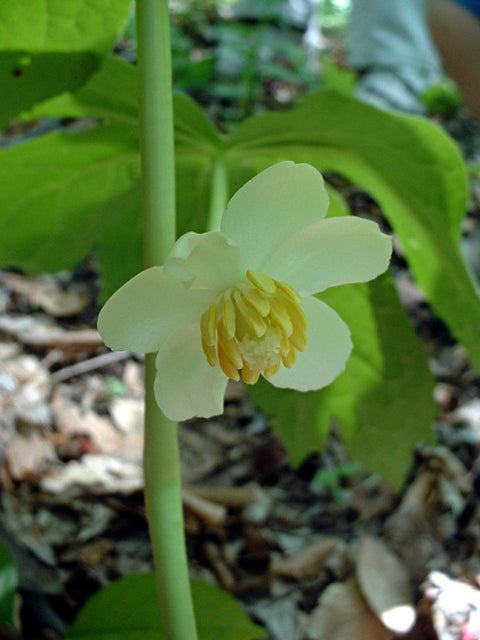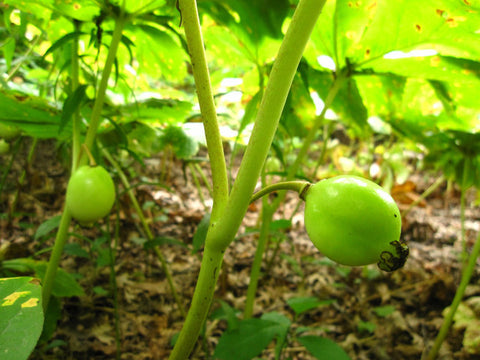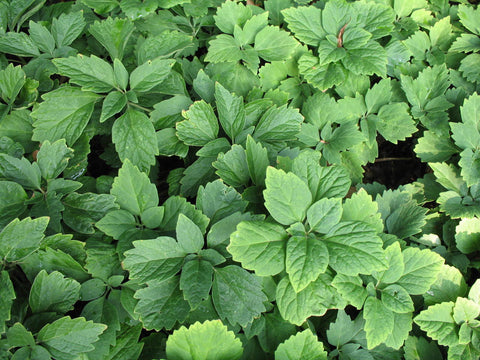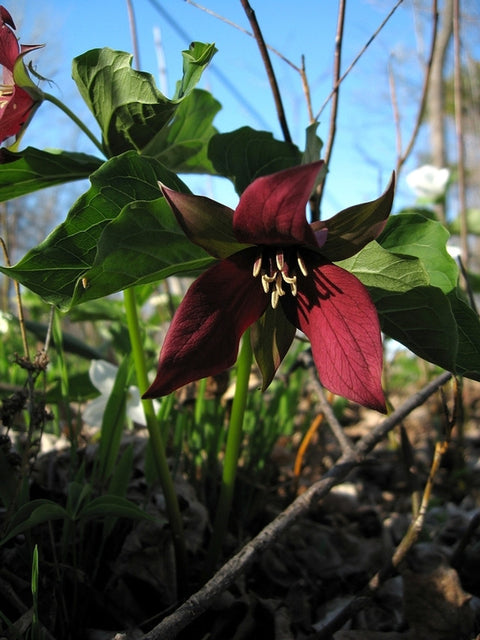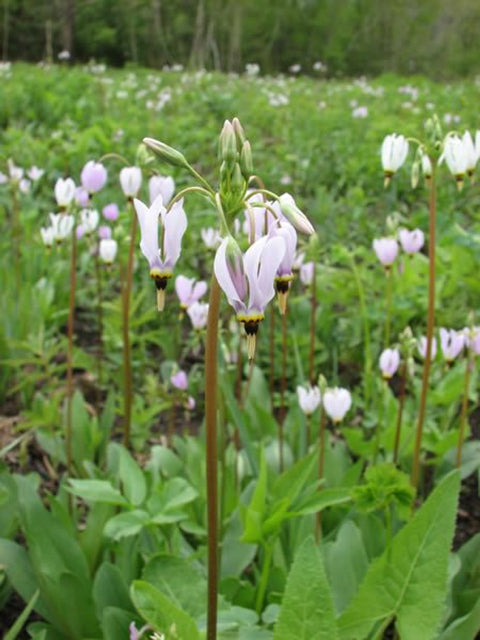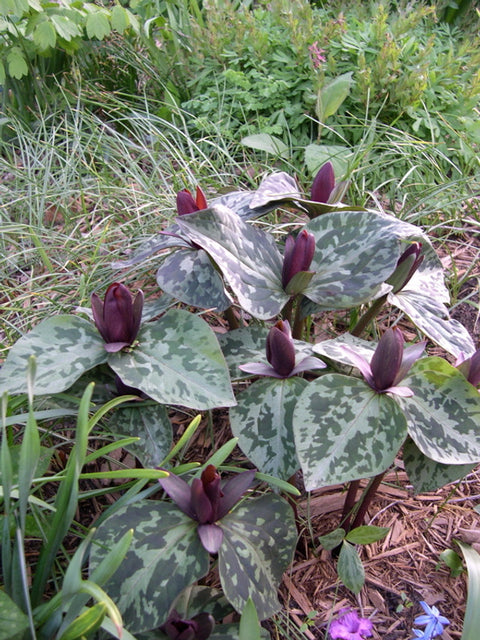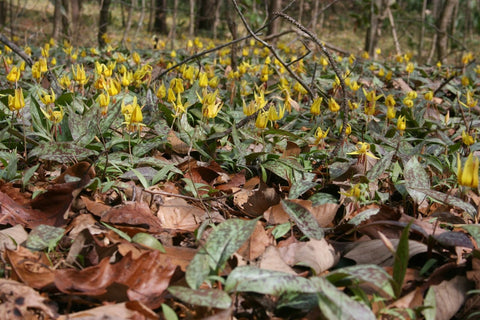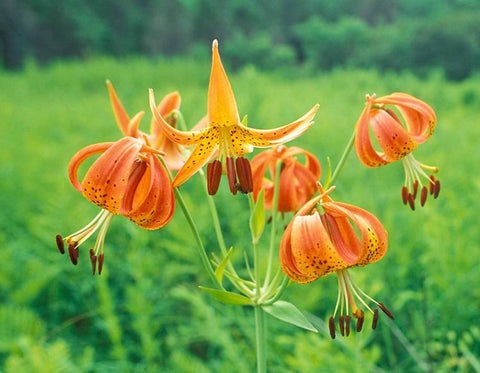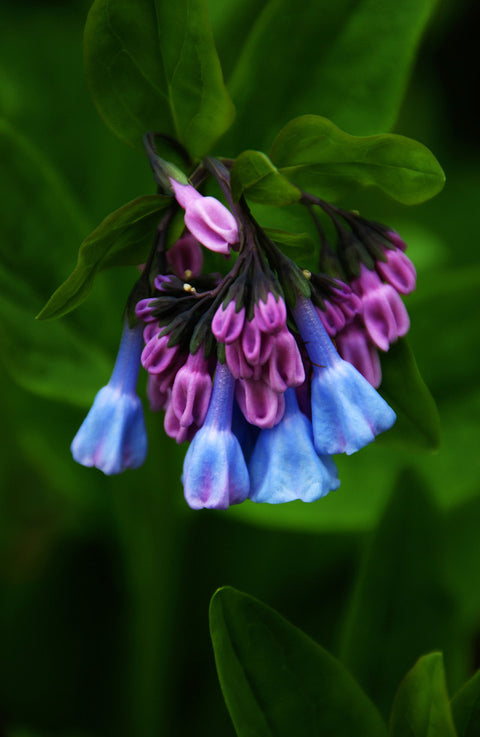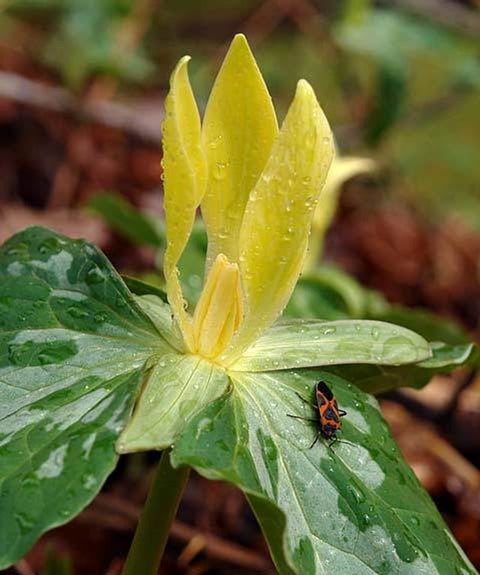Long Blooming
Long Blooming Native Perennials: Color That Lasts and Nature That Thrives
Long-blooming native perennials are great choices if you are looking to create a landscape design that not only has long lasting beauty and ecological value, but also long-term success. Native perennial flowers not only add color to the garden all season long, but they are also adapted to local growing conditions, support pollinators, and require little maintenance once they become established. Native perennials are a perfect choice for both natural landscape restoration projects, and for creating a home garden landscape.
Below, we’ll explore the benefits of long blooming perennials, how to design for continuous seasonal color, and highlight some exceptional natives like butterfly weed, red cardinal flower, and hepatica.
Why Choose Long Blooming Native Perennials?
Long-blooming native perennials offer a unique combination of resilience and long seasonal performance. Unlike traditional annuals that need to be replanted each year, perennials return and expand over time, increasing their impact with each growing season. The native varieties are especially valuable because they are genetically adapted to local soils, rainfall, and temperature swings. This makes them naturally hardy and often more drought-tolerant once established.
Benefits at a Glance
Benefits of Native Perennials
Longer blooming for continual garden color
Habitat and nectar for butterflies, hummingbirds and bees
Increased survival with less water and fertilizer
Resistance to local pests and diseases
Deep, strong roots that enhance soil health
Tips for a Long-Blooming Garden
Designing a full and healthy native perennial garden requires some planning. The ideal is to layer the garden for year round bloom success, that is to plant so that one group of perennials is just starting to flower as another group is ending its bloom period. To do this, plant perennials that bloom in early spring, late spring, summer and fall.
Design Tips
1. Plant for Bloom Succession
Choose long-blooming perennials that overlap in flowering times so you don’t have any gaps. Early bloomers like hepatica are followed by midsummer stars like butterfly weed, then late-season standouts like red cardinal flower.
2. Mix Heights and Textures
Every beautiful garden has structure. Combine groundcovers, medium-height fillers, and taller architectural plants for balance and movement.
3. Group in Natural Clusters
Avoid planting one of everything. Instead, plant in drifts or clusters of at least three of the same species to attract more pollinators and create visual rhythm in the garden.
Featured Long Blooming Native Perennials
Butterfly Weed (Asclepias tuberosa)
Butterfly weed is a native, sun-loving perennial known for its clusters of bright orange flowers that bloom from early to mid-summer and often continue into late summer. This plant is a vital food source for monarch butterflies and a host plant for monarch caterpillars. With its deep taproot, butterfly weed thrives in dry soil and heat, making it a favorite in prairie-style designs and pollinator gardens.
Why It Works
- Excellent drought tolerance
- Produces nectar-rich flowers for butterflies and bees
- Low maintenance after establishment
- Long bloom season with showy color
Red Cardinal Flower (Lobelia cardinalis)
Few plants attract hummingbirds more powerfully than red cardinal flower. With bold scarlet flowers arranged on tall spikes, this perennial blooms in late summer when nectar sources are scarce. It thrives in moist soils, along streams, in rain gardens, or anywhere the soil stays consistently damp.
Why It Works
- Ideal for naturalized wetland or rain garden plantings
- Provides essential late-season nectar
- Adds vertical interest to designs
- Brilliant blooms last for weeks
Hepatica
Hepatica provides shade gardens and woodlands with early-season color. One of the first flowers to appear in spring, hepatica often pops up through melting snow. Soft pink, blue, or white blooms offer a precious source of nectar to early-bloom pollinators. It's a tiny plant, but its evergreen foliage and charming flowers make a unique yet strong statement in native plant landscapes.
Why It Works
- Blooms very early in spring
- Ideal for shaded areas with deciduous cover
- Requires little care once settled
- Supports early pollinators
Additional Long-Blooming Native Perennials to Consider
To build a complete planting plan, combine the plants above with other dependable native perennials that bloom across the seasons:
- Purple Coneflower (Echinacea purpurea) – Long summer bloom; supports butterflies and seed-eating birds
- Black-Eyed Susan (Rudbeckia hirta) – Bright color and summer-to-fall flowering
These native perennials are reliable bloomers that extend seasonal color while building a wildlife-friendly landscape.
Best Practices for Success
Match Plants to Conditions
Choosing plants according to their light and moisture requirements is the secret of low-care gardening. Butterfly weed thrives in full sun and dry soil; red cardinal flower likes it wet. Hepatica will do poorly in full sun but will excel in a natural woodland environment.
Improve Soil Naturally
Native plants generally prefer low to moderately fertile soil. Avoid heavy fertilizers and amend only with compost if needed. Once established, most native perennials are self-sufficient.
Water Wisely
Provide consistent moisture until roots establish in the first growing season. After that, many natives become drought tolerant—especially prairie species like butterfly weed.
Leave Winter Cover
Avoid cutting back perennials in the fall. Seed heads provide food for birds, and stems shelter overwintering pollinators. Clean up lightly in spring instead.
It is always a great idea to add long blooming native perennials to any garden or landscape for many reasons. Long blooming natives will not only add long term beauty and value, they will add extended seasonal color, while restoring ecological health. From the sunny orange of butterfly weed to the dramatic late-summer red of cardinal flower to the tiny early spring blooms of hepatica each of these beauties has its own story to tell.
Native perennials create more than a garden—they build habitat, invite life, and celebrate the resilience of nature. From home landscapes to commercial projects, they are both practical and inspiring. Plant them once and enjoy a landscape that gets better every year.
